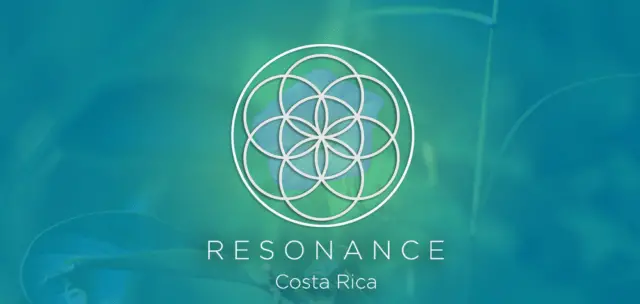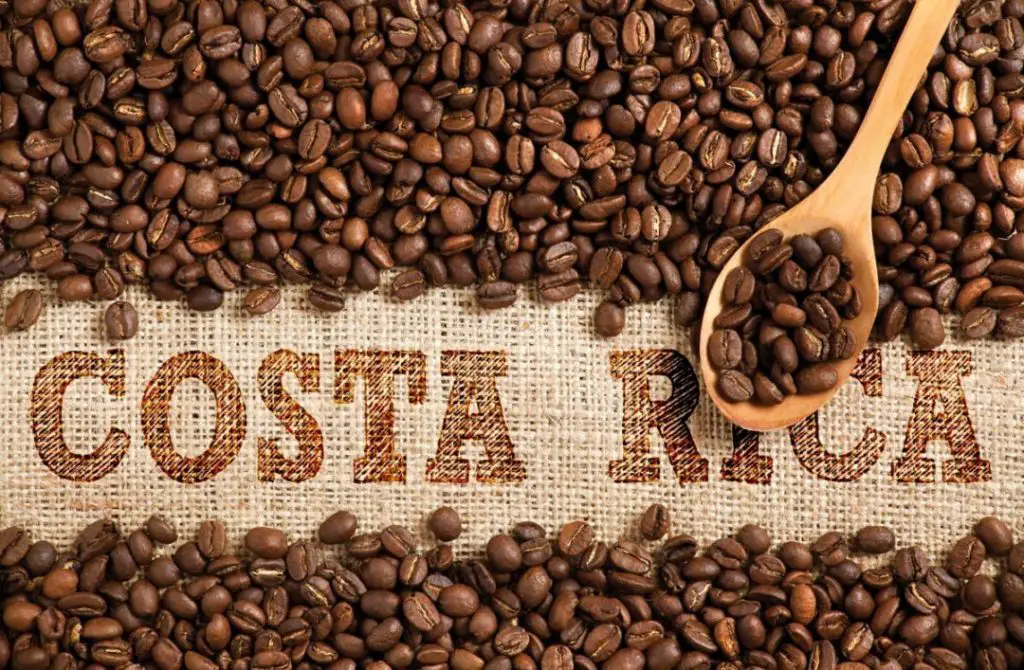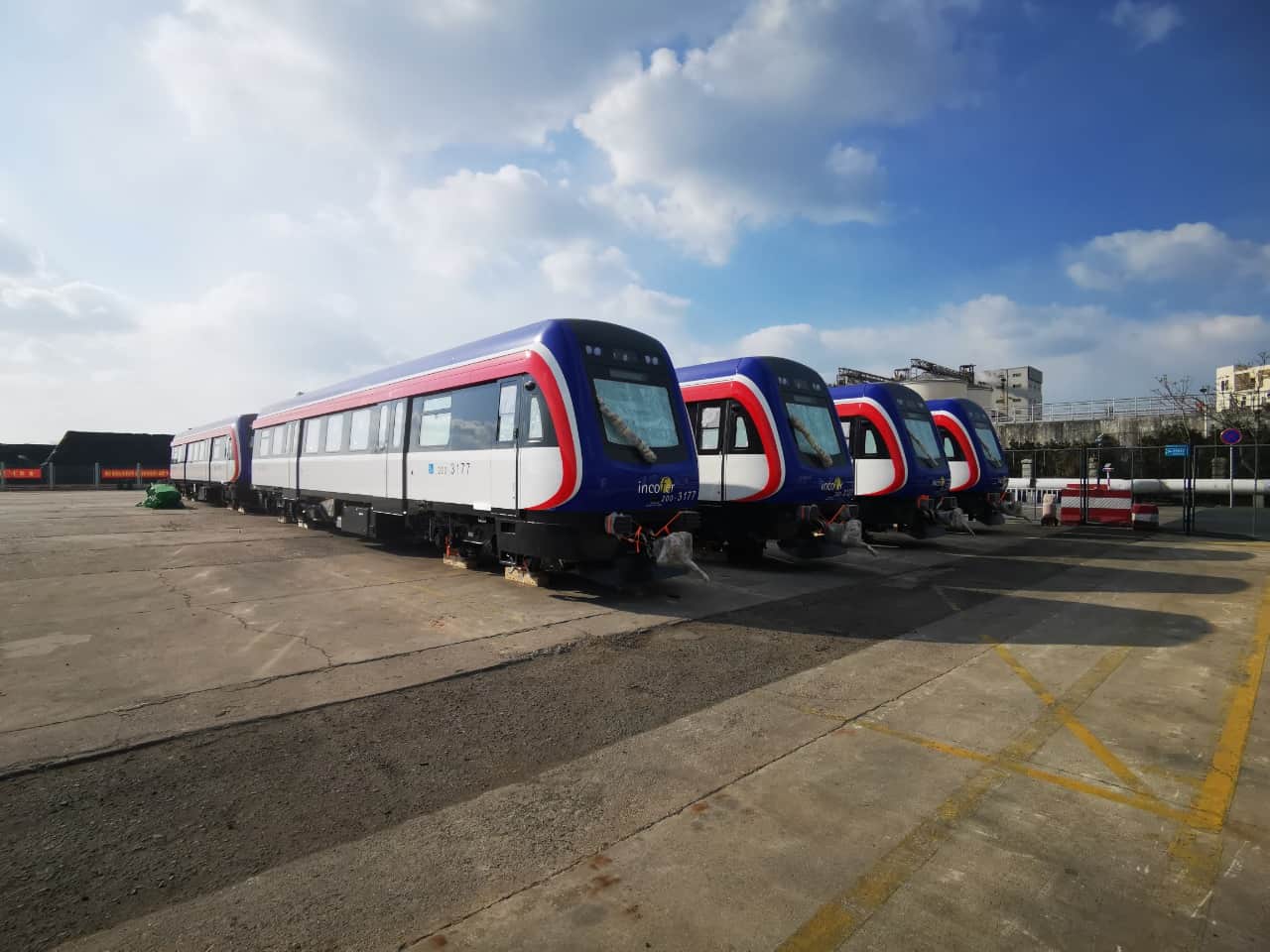Costa Rica, a country celebrated for its lush biodiversity and laid-back lifestyle, has a distinctive quirk that often surprises visitors: its addressing system. Unlike most countries that rely on street names and building numbers, Costa Rica’s addresses are famously based on landmarks—some current, some long gone, and some delightfully obscure. A typical address might read: “200 meters west of the old cinema, yellow house with a red gate.” For outsiders, this can seem chaotic or confusing. But for Costa Ricans, it’s a deeply rooted cultural practice shaped by history, geography, and community dynamics.
A Legacy of Organic Urban Development
Costa Rica’s cities and towns didn’t develop with the rigid grid systems seen in places like New York or Paris. Instead, urban growth was organic, shaped by terrain, agriculture, and local needs. Many neighborhoods evolved without formal planning, and street names were either never assigned or rarely used in daily life. Even when official names exist, they’re often unknown to residents.
In rural areas, this is even more pronounced. Roads may be unpaved, unnamed, or winding through hills and forests. Landmarks—churches, schools, large trees, or even popular soda stands—became the most reliable way to describe a location. These references are not just practical; they’re part of the social fabric.
Landmarks as Living Memory
Costa Rican addresses often reference places that no longer exist. You might hear “100 meters north of the old gas station,” even if the gas station was demolished a decade ago. This isn’t a flaw—it’s a feature. These landmarks serve as communal memory, anchoring people’s sense of place in shared history.
Locals know these references because they’ve lived through the changes. It’s a form of oral geography, passed down through generations. In this way, the addressing system reflects not just where something is, but how the community remembers it.
The Role of “Meters” and Cardinal Directions
Another unique feature is the use of meters and cardinal directions. Instead of saying “on Main Street, number 45,” a Costa Rican might say “300 meters south of the church.” This assumes a familiarity with the landmark and a rough sense of distance. While it may seem imprecise, it works surprisingly well in practice.
Costa Ricans have developed an intuitive understanding of spatial relationships. The use of cardinal directions—north, south, east, west—is common, even in urban areas. Combined with landmarks, this creates a mental map that’s deeply embedded in everyday life.
Postal Challenges and Modernization Efforts
This system, while charming, poses challenges for postal services, emergency response, and digital navigation. Deliveries can be delayed, and GPS systems often struggle to interpret landmark-based addresses. In response, Costa Rica has made efforts to modernize its addressing system.
The government launched initiatives to assign formal street names and building numbers, especially in urban centers. The Correos de Costa Rica (national postal service) has developed digital tools to help standardize addresses. However, adoption has been slow. Many residents continue to prefer the traditional method, and businesses often list both the official and landmark-based address on websites and signage.
Why It Still Works
Despite its quirks, the landmark system persists because it aligns with Costa Rican values. The country’s culture emphasizes community, familiarity, and interpersonal connection. Giving directions based on landmarks is a social act—it invites conversation, storytelling, and shared understanding.
Moreover, Costa Rica’s relatively small size and high literacy in local geography mean that most people can navigate effectively using this system. In a country where “pura vida” (pure life) is more than a slogan, the addressing system reflects a relaxed, human-centered approach to navigation.
A System Rooted in Nature
Costa Rica’s natural environment also plays a role. With mountains, rivers, volcanoes, and rainforests shaping the landscape, many addresses incorporate natural features. “Next to the big mango tree” or “across from the river bend” are common descriptors. These references are not only practical but poetic, connecting people to the land.
In this way, the addressing system becomes a reflection of Costa Rica’s identity—one that values nature, memory, and community over rigid systems.
Technology Meets Tradition
Interestingly, technology is beginning to bridge the gap. Apps like Waze, which is popular in Costa Rica, allow users to input landmark-based directions. Businesses use WhatsApp to send location pins, and Google Maps increasingly incorporates local landmarks. These tools don’t replace the traditional system—they adapt to it.
Some startups have even embraced the uniqueness of Costa Rican addresses, offering services that translate landmark-based directions into GPS coordinates. This hybrid approach respects tradition while enhancing functionality.
Lessons from Costa Rica
Costa Rica’s addressing system may seem unconventional, but it offers valuable lessons. It shows that systems don’t have to be standardized to be effective. It reminds us that geography is not just about coordinates—it’s about relationships, stories, and shared experience.
In a world increasingly dominated by digital maps and automation, Costa Rica’s approach is a refreshing reminder of the human side of navigation. It’s a system that works not because it’s perfect, but because it’s personal.
So next time you’re in San José and someone tells you to go “100 meters west of the old bakery,” smile. You’re not just getting directions—you’re being invited into a story.

– Advertisement –
Source link
TCRN STAFF



